A cataract is a common eye condition that causes clouding of the natural lens inside the eye, leading to blurred vision and, if left untreated, can result in vision loss.
Enquire Now

Age

Exposure to Ultraviolet (UV) Radiation

Medical Conditions
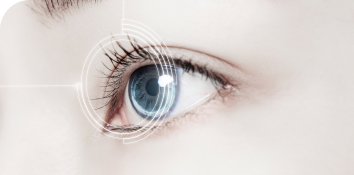
Trauma or Injury

Genetics
Intraocular lens (IOL) power calculation is a crucial step in cataract surgery, ensuring that the implanted lens provides optimal vision correction for each individual patient.
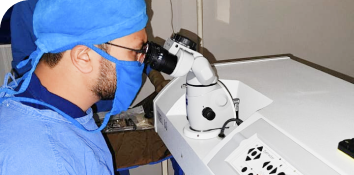
Accuracy
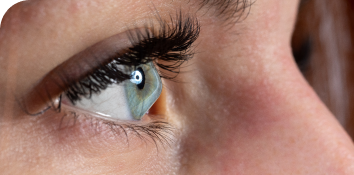
Precision
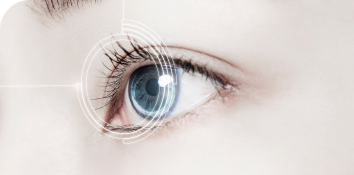
Efficiency
Sac syringing test, also known as lacrimal irrigation or naso-lacrimal duct irrigation, is a diagnostic procedure used to evaluate the patency and function of the tear drainage system. During the test, a small amount of saline solution is gently flushed through the tear ducts to assess whether tears drain properly from the eye into the nasal cavity. This is important because any underlying blockages or abnormalities in the tear drainage system can increase the risk of postoperative complications, such as excessive tearing or infection.
Intraocular lenses (IOLs) are artificial lenses implanted in the eye to replace the natural lens that is removed during cataract surgery. These lenses are necessary to restore clear vision and focus light onto the retina, allowing for improved visual acuity. Without an IOL, the patient would likely require thick eyeglasses or contact lenses to achieve functional vision
| TYPES OF IOLS | TYPES OF VISION | REMARKS | LENS (IOL) BRAND | TORIC VERSION |
|---|---|---|---|---|
| Monofocal | Distance Only | Glasses for computer distance and reading | Acrysof IQ, Tecnis1, Aurovue, Natural HD, Hanita, Ultraflex | |
| Monofocal + Depth of Focus | Distance + Intermediate | Glasses for reading only | Tecnis Eyhance (J&J) U.S.A, Vivity (Alcon) U.S.A | |
| Trifocal (Multifocal) | Distance + Intermediate + Near | Chance of Halos & Glare | Panoptix (Alcon) U.S.A | Toric (Available in Monofocal, Monofocal + Dept of Focus and Trifocal) | Corrects Cylinde | Used when cylinder is 0.75 or more | Acrysof Toric (Alcon) U.S.A, Vivity Toric (Alcon) U.S.A |
A toric intraocular lens (IOL) is a specialized type of artificial lens implanted during cataract surgery or refractive lens exchange to correct astigmatism. Astigmatism is a common refractive error caused by irregular curvature of the cornea or lens, resulting in blurred or distorted vision at all distances.
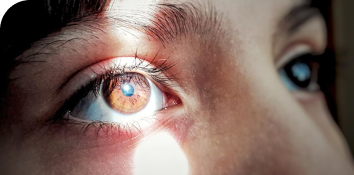
Improved Vision Quality

Reduced Dependence on Glasses
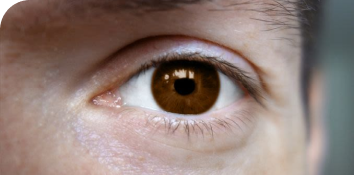
Enhanced Visual Outcomes
Small Incision Cataract Surgery (SICS)
Small Incision Cataract Surgery (SICS) is a technique used to remove cataracts and implant intraocular lenses (IOLs) through a smaller incision compared to traditional extracapsular cataract extraction (ECCE).
At Shriram Eye Hospital, we specialise in SICS with Dr. Anil Shah's Snare technique, a refined approach that involves making a tiny 3.5 mm incision. This technique is performed topically and suture less, allowing for rapid recovery and the implantation of advanced lenses. Dr. Arpit Shah, our expert ophthalmologist, will assess your suitability for SICS and determine the best approach to ensure optimal outcomes and safety.
The small incision size minimises trauma to the eye and surrounding tissues, resulting in faster healing and enhanced patient comfort.
SICS with Dr. Anil Shah's Snare technique allows for the implantation of advanced lenses, including multifocal and toric lenses, to address various visual needs.
The 3.5 mm incision used in Dr. Anil Shah's Snare technique is similar in size to the incision used in phacoemulsification (Phaco) surgery, offering comparable results with reduced surgical invasiveness.
At Shriram Super Speciality Eye Hospital, we utilise the most advanced surgical techniques and equipment to perform cataract surgery. Our surgical approach, known as Micro-Incision Cataract Surgery (MICS), involves the following steps
Dr. Arpit Shah, our experienced ophthalmologist at Shriram Super Speciality Eye Hospital, will evaluate your individual needs and recommend the most suitable cataract surgery technique to achieve the best possible outcome. Whether it's SICS with Dr. Anil Shah's Snare technique or Phaco with the Bausch and Lomb Stellaris Phaco machine, rest assured that you will receive personalised care and advanced surgical expertise for your cataract treatment journey.
Postoperative Care